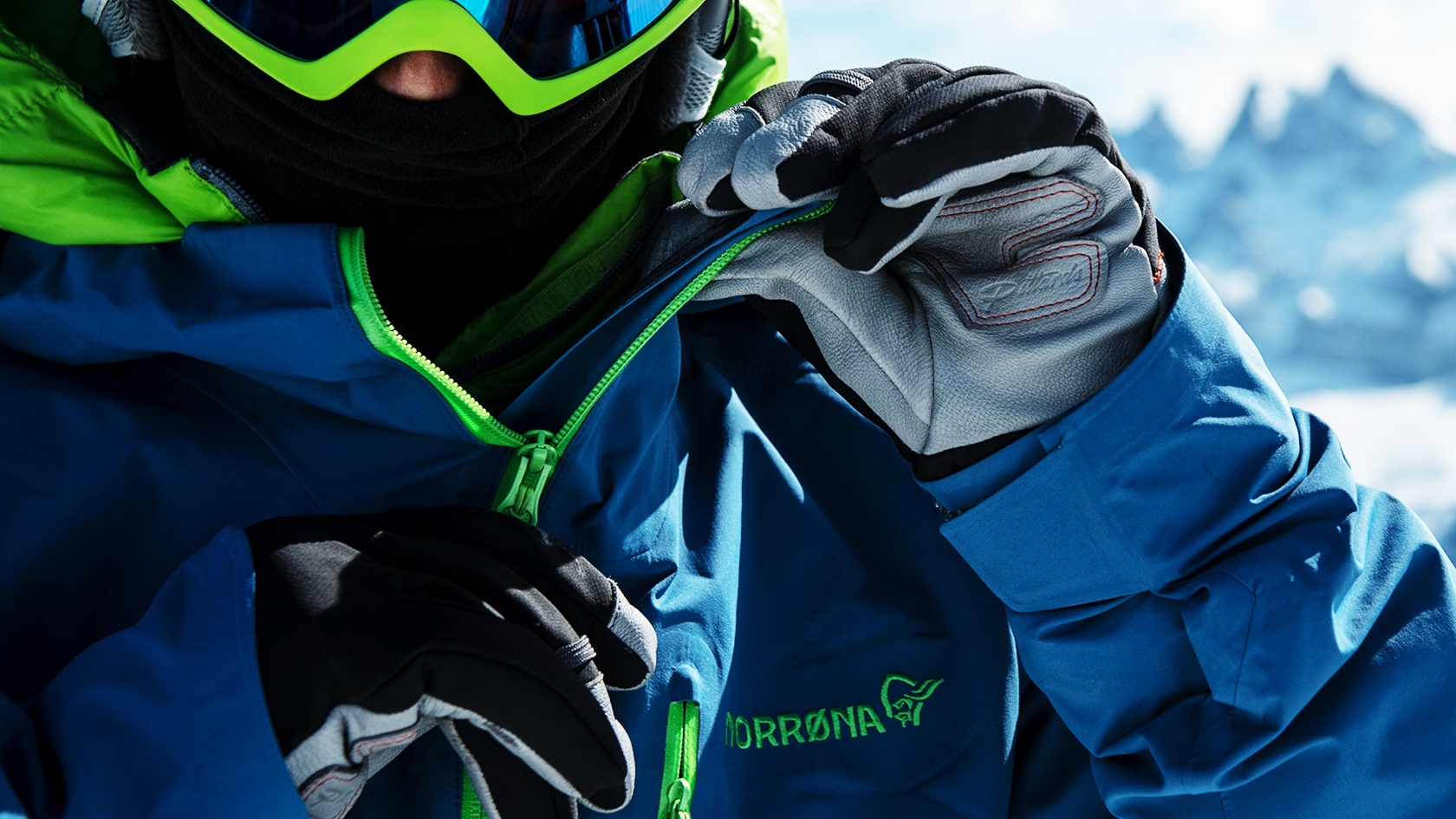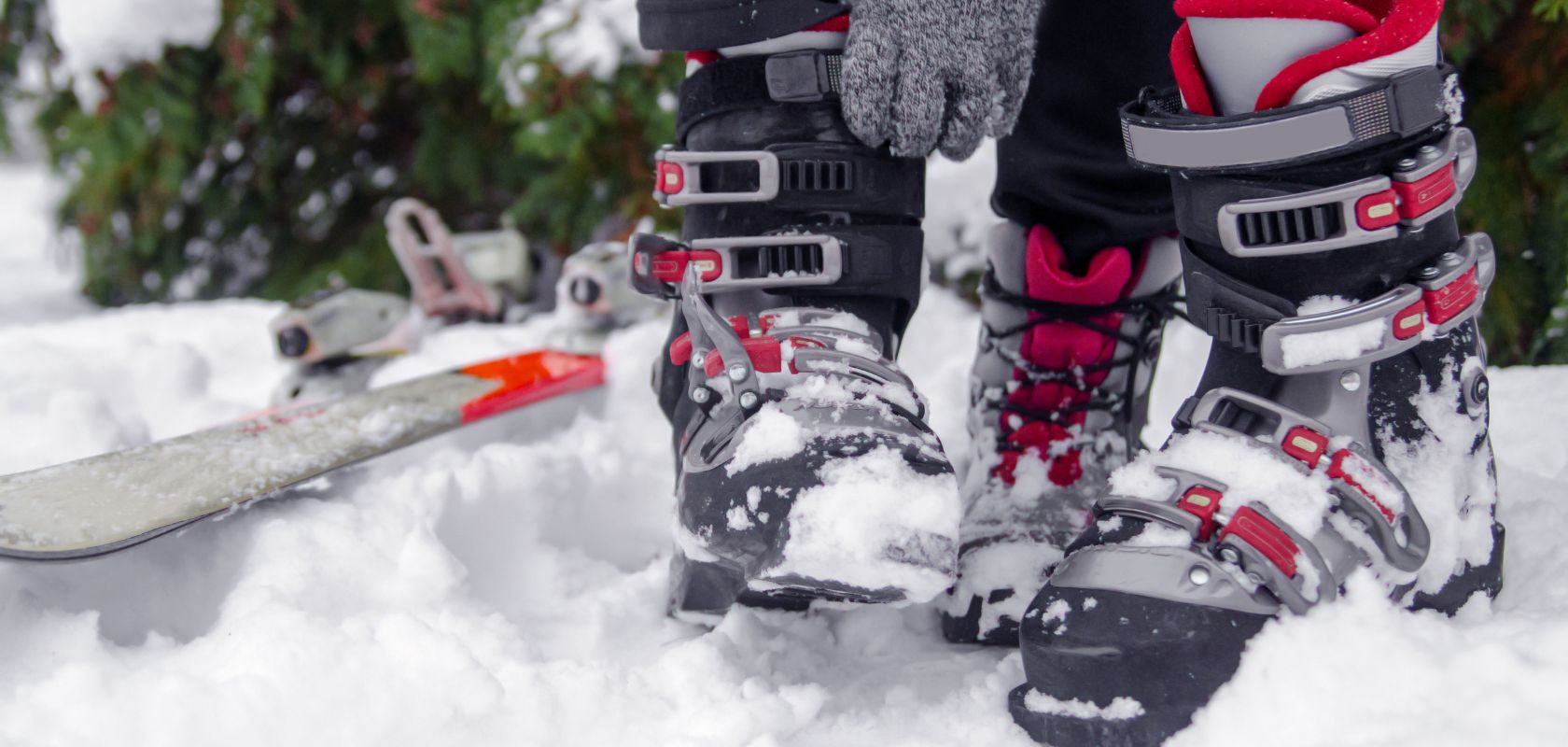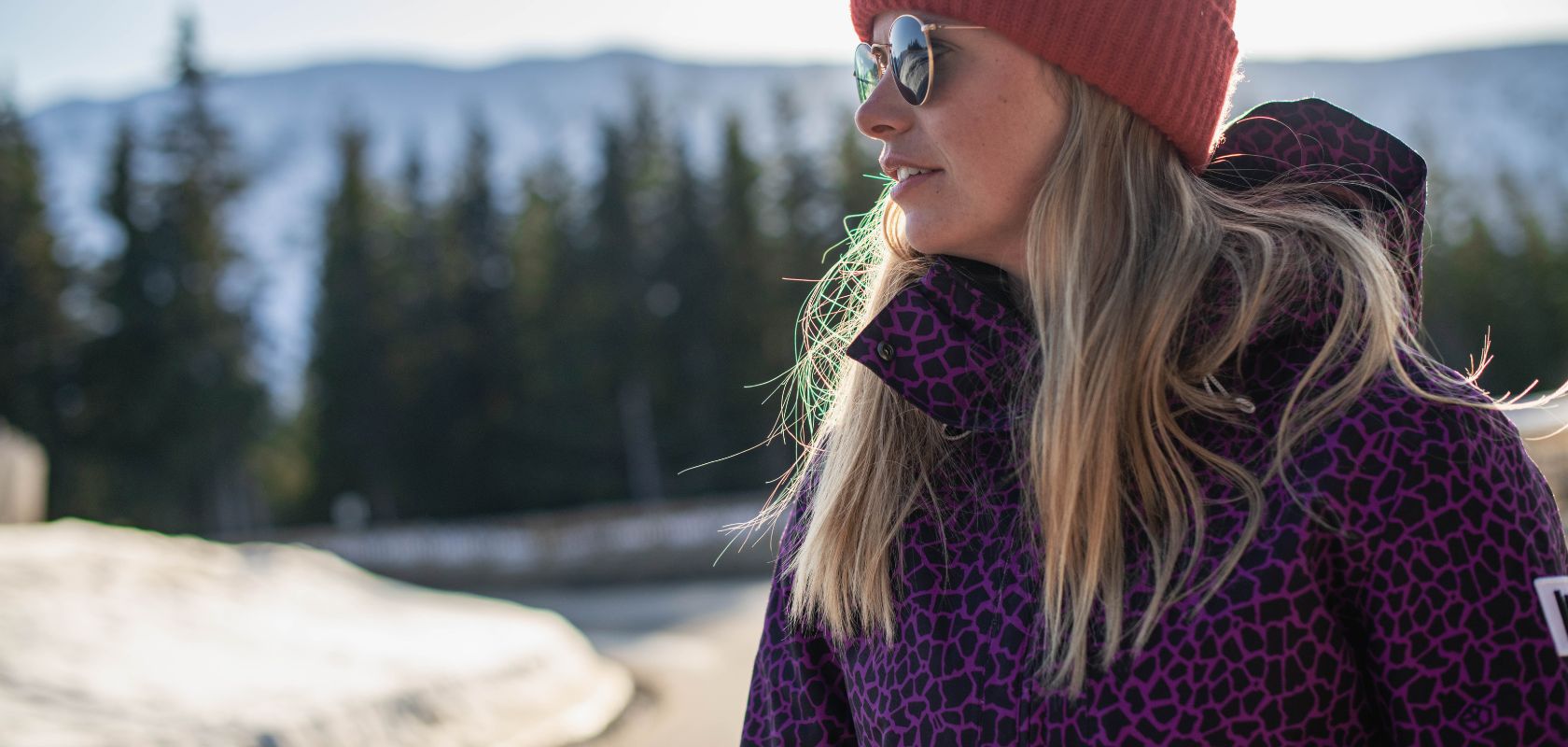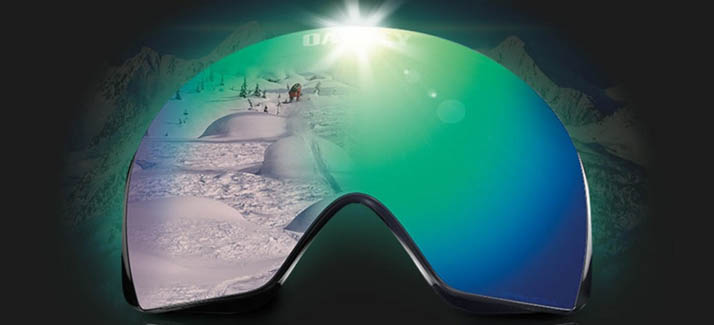Snow gloves and mitts are essential for your skiing adventures. Although appearing relatively straightforward, the snow glove can be a complex product, if picked incorrectly, freezing hands and numb fingers can completely ruin your day on the mountain. Not to worry though, we have put together a handy guide to keep those hands warm and dry from your first tracks to the last lift.
Gloves vs. Mittens: Which Is the Best Choice for You?
One of the most frequently asked questions when shopping for winter handwear is whether to choose gloves or mittens. Each style has its own set of advantages and is suited to different types of winter activities and personal preferences.
Gloves offer individual finger compartments, which provide superior dexterity. This design is ideal for activities that require precise hand movements, such as adjusting bindings, handling ski poles, or using electronic devices. Gloves are particularly popular among skiers and snowboarders who need to manipulate equipment or gadgets while on the move. However, because each finger is separated, gloves can be slightly less warm than mittens, especially in extremely cold conditions.
Mittens, on the other hand, group all fingers together in a single compartment. This allows your fingers to share body heat, making mittens the warmer option in sub-zero temperatures. Mittens are often recommended for children, beginners, or anyone prioritising warmth over dexterity. They are also a great choice for activities where fine motor skills are less critical, such as snowshoeing or winter hiking.
Hybrids (Lobster Mitts) combine elements of both gloves and mittens. Typically, two or three fingers are grouped together, offering a balance between warmth and dexterity. These are especially popular among snowboarders and skiers who want to keep their hands warm without sacrificing the ability to grip equipment or use gadgets.
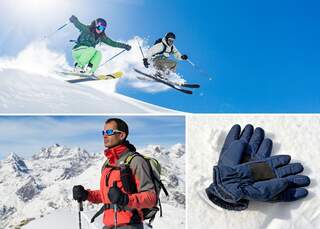
Key Features to Look for in Snow Gloves
When selecting snow gloves, it’s crucial to consider several key features that will determine their performance, comfort, and durability. Here’s a detailed look at what to look for:
Insulation and Warmth
Without effective insulation, even the most stylish gloves will leave your hands cold and uncomfortable. Modern snow gloves use advanced materials to trap heat, regulate temperature, and wick away moisture.
Types of Insulation
Synthetic insulation is made from engineered fibres like Thinsulate® or PrimaLoft®, designed to trap heat and keep hands warm even when exposed to moisture. This makes synthetic insulation ideal for active winter sports where gloves may get wet from snow or sweat, as it dries quickly and maintains its insulating properties in damp conditions. It’s a practical choice for most skiers and snowboarders who need reliable warmth and comfort throughout the day.
Natural down insulation, sourced from geese or ducks, offers exceptional warmth-to-weight ratio and a luxurious feel, making it highly effective in very cold, dry conditions. However, down loses much of its insulating power when wet, so it’s less suitable for wet or humid environments. Natural down is best reserved for those seeking maximum warmth in dry winter settings and who don’t mind the extra care required to maintain its performance.
Insulation Weight
- Lightweight (40–100g): Suitable for mild winter days, spring skiing, or high-output activities where your hands generate more heat.
- Midweight (100–200g): Offers a balance of warmth and mobility, ideal for most winter sports.
- Heavyweight (200g+): Best for extreme cold, high-altitude adventures, or when you anticipate long periods of inactivity outdoors.
Lining Materials
- Fleece Lining: Provides additional warmth and comfort, especially in gloves designed for prolonged exposure to cold.
- Moisture-Wicking Liners: Help keep your hands dry by drawing sweat away from your skin.
Waterproofing and Breathability
Waterproof Membranes
- Gore-Tex® and Similar Technologies: These membranes are engineered to block water from entering while allowing vapour to escape. Look for gloves with a waterproof rating (measured in millimetres); higher numbers indicate better protection against water penetration.
- Seam Sealing: Fully taped seams prevent water from seeping in through stitching, enhancing overall waterproofing.
Breathability
- Active Ventilation: Breathable fabrics and mesh panels allow excess heat and moisture to escape, preventing clammy hands and discomfort during high-energy activities.
- Adjustable Vents: Some gloves feature zippered vents or breathable panels that can be opened to regulate temperature on warmer days.

Durability and Materials
Snow gloves must withstand abrasion, friction, and frequent use. The choice of materials directly impacts their longevity and performance.
Outer Shell Materials
- Leather: Renowned for its durability and natural water resistance, leather gloves offer a classic look and feel. However, they require regular maintenance to keep them supple and waterproof.
- Synthetic Fabrics: Modern synthetic materials, such as nylon or polyester blends, are lightweight, easy to care for, and often treated with durable water repellent (DWR) coatings. These fabrics are highly resistant to wear and tear, making them a popular choice for active users.
Reinforcements
- Palm and Finger Reinforcements: Areas prone to abrasion, such as the palms and fingertips, are often reinforced with extra layers or tougher materials to extend the glove’s lifespan.
- Stitching Quality: Double or triple stitching in high-stress areas ensures the gloves can withstand rigorous use.

Additional Features: Enhancing Convenience and Safety
Modern snow gloves are thoughtfully engineered to offer far more than just warmth and protection. In today’s outdoor market, manufacturers integrate a host of innovative features designed to enhance convenience, safety, and overall user experience during winter activities. One standout advancement is touchscreen compatibility, which allows you to interact with smartphones, GPS devices, or any touchscreen gadget without the need to remove your gloves. This feature is particularly valuable for those who rely on technology for navigation, communication, or capturing memories while out in the snow. Another practical addition is the wrist leash, a secure attachment system that keeps your gloves tethered to your wrists. This simple yet effective solution is especially helpful for children or anyone concerned about losing their gloves in busy, snowy environments.
Beyond connectivity and security, many snow gloves now include a soft fabric nose wipe conveniently placed on the thumb or index finger. This thoughtful design element is perfect for those cold days when a runny nose becomes inevitable, allowing you to quickly and discreetly wipe your nose without the need for tissues. For those who like to carry small essentials—such as hand warmers, keys, or a lift pass—zip pockets are a welcome feature. These discreet storage compartments ensure your valuables remain safe and easily accessible, even when you’re on the move.
For snowboarders and those engaging in more aggressive winter sports, wrist guards are a critical safety feature. Reinforced with extra padding and support, these guards help protect your wrists from impacts and falls, reducing the risk of injury and providing peace of mind as you tackle challenging terrain.
Discover Your Perfect Gear
FAQs
Ski gloves have individual finger compartments for better dexterity, while mittens group all fingers together for superior warmth but less finger mobility.
Mittens are generally warmer than gloves because your fingers share body heat in a single compartment, making them ideal for extremely cold conditions.
The best materials depend on your needs: synthetic fabrics (like nylon) are lightweight and durable, while leather offers excellent water resistance and longevity. Both can be treated for waterproofing.
Measure your hand width and length, and consult the brand’s size chart. Gloves should fit snugly but allow for a little movement at the fingertips.
Look for waterproof and breathable membranes, good insulation, adjustable cuffs, wrist leashes, and features like touchscreen compatibility or nose wipes.
Choose insulation based on the conditions: lighter insulation (40–100g) for milder weather, heavier (100–200g or more) for deep winter or high-altitude use.
Leather gloves tend to be more durable and naturally water-resistant, but require more maintenance. Synthetic gloves are lighter and easier to care for.
Glove liners can add extra warmth and can be worn alone for dexterity, but may reduce the warmth of heated gloves if they restrict circulation. Consider sizing up if you plan to wear liners.
Related articles

Let us know you agree to cookies
We use marketing, analytical and functional cookies as well as similar technologies to give you the best experience. Third parties, including social media platforms, often place tracking cookies on our site to show you personalised adverts outside of our website.
We store your cookie preferences for two years and you can edit your preferences via ‘manage cookies’ or through the cookie policy at the bottom of every page. For more information, please see our cookie policy.
